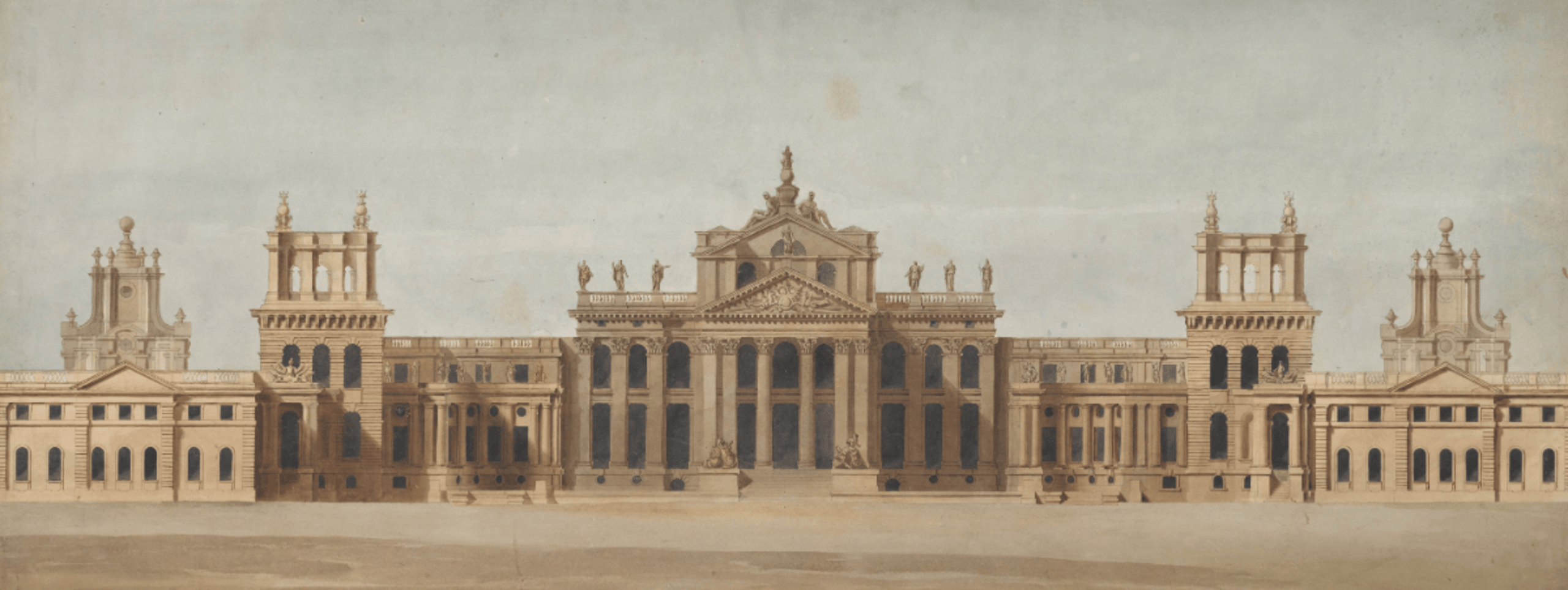300 years after his death, a major new exhibition exploring one of the UK’s greatest architects - Sir John Vanbrugh (1664–1726) – will open in the spring at Sir John Soane's Museum.
Hailed as ‘The Rockstar of the English Baroque’ and ‘The original starchitect’, Vanbrugh designed some of the UK’s most admired and loved country houses, including Blenheim Palace and Castle Howard, with each one featuring his signature ability to exploit the emotional impact of architecture by making exciting and dramatic use of light and shadow, recessions and projections. Sir John Soane (1753-1837) cited Vanbrugh as one of his great influences, remarking that he had “all the fire and power of Michelangelo and Bernini”.
Curated by Sir Charles Saumarez Smith CBE and architect Roz Barr, the exhibition will feature never-before-exhibited drawings from the V&A and Sir John Soane’s Museum, including many in Vanbrugh’s own hand, and is an opportunity to see a selection of Vanbrugh’s drawings for major projects like Castle Howard, but also smaller, more experimental plans for schemes such as the housing estate he envisaged at Greenwich.
Perhaps overshadowed by contemporaries Nicholas Hawksmoor and Sir Christopher Wren, the emotional impact and imagination of Vanbrugh has continued to be admired, particularly by architects, in the centuries since. The exhibition will highlight Vanbrugh’s enduring architectural ideas and influence, including on two of the most influential architects of the 20th century, Robert Venturi (1925-2018) and Denise Scott Brown (b.1931). A new short film by filmmakers Anita Naughton and Jim Venturi, their son, will explore this connection and will be shown on loop in the Museum’s Foyle Space.
Vanbrugh: The Drama of Architecture will introduce new audiences to the work of an English Baroque architect, adventurer, playwright and spy 300 years after his death.
This exhibition has been supported by the following individuals and organisations: The Ancaster Trust, The Estelle Trust, The McCorquodale Charitable Trust, The Christopher and Henry Oldfield Trust, Basil and Maria Postan, Lord and Lady Sassoon, The Tavolozza Foundation. We are also grateful for generous loans from the V&A.
Banner image: Soane office, Royal Academy Lecture drawings of the work of Sir John Vanbrugh, Blenheim Palace (Oxon), elevation, SM 74/4/8
